 Mike Self
.
January 26, 2022
.
Department
Mike Self
.
January 26, 2022
.
Department
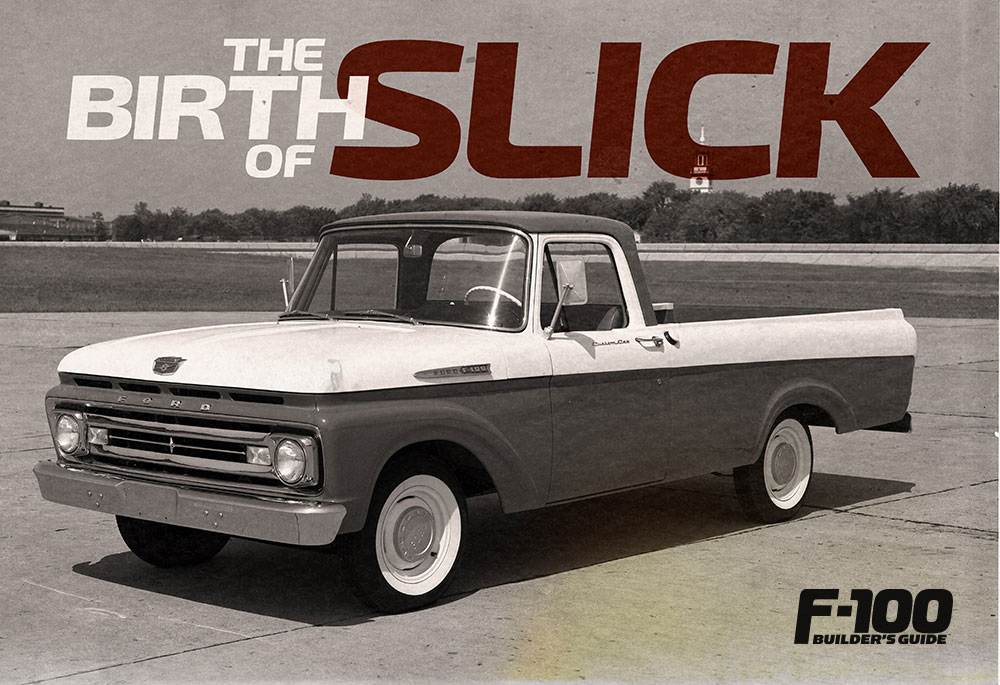
The beginning of the 1960s was full of change in America. In 1961, John Fitzgerald Kennedy is sworn in as the 35th President of the United States, imploring its citizens to, “ask not what your country can do for you—ask what you can do for your country.” He appoints Janet Travell as his official physician, making her the first woman in history to be a President’s doctor.
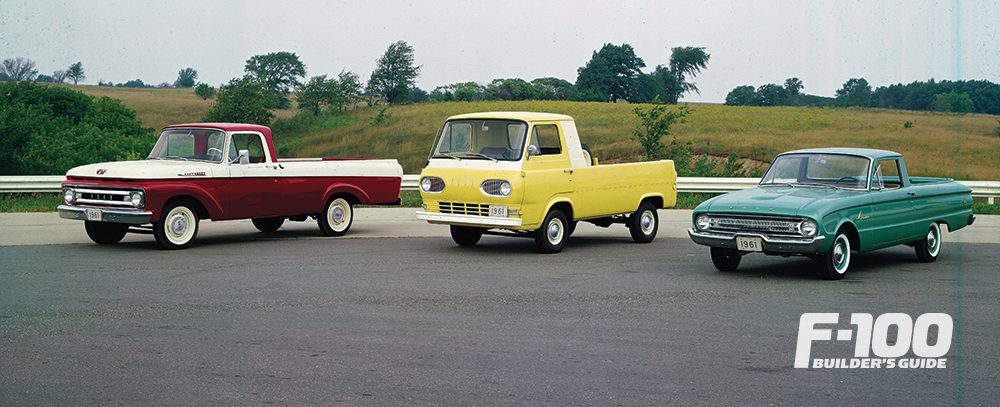 American Alan Shepard becomes the first American in space, following Soviet cosmonaut Yuri Garagin, the first human being to enter space. We got our first taste of Frito corn chips, Life cereal, Green Giant frozen vegetables and Sprite, each of which would become household staples.
American Alan Shepard becomes the first American in space, following Soviet cosmonaut Yuri Garagin, the first human being to enter space. We got our first taste of Frito corn chips, Life cereal, Green Giant frozen vegetables and Sprite, each of which would become household staples.
Meanwhile, “West Side Story” hits theaters, Walt Disney’s “Wonderful World of Color” and “The Dick Van Dyke Show” premiere on TV, and fashion icon Barbie meets her boyfriend Ken for the first time at local toy stores.
On the automotive front, wings were becoming a thing of the past, although other aspects of the Space Age found their way into the newest designs—especially Fords.
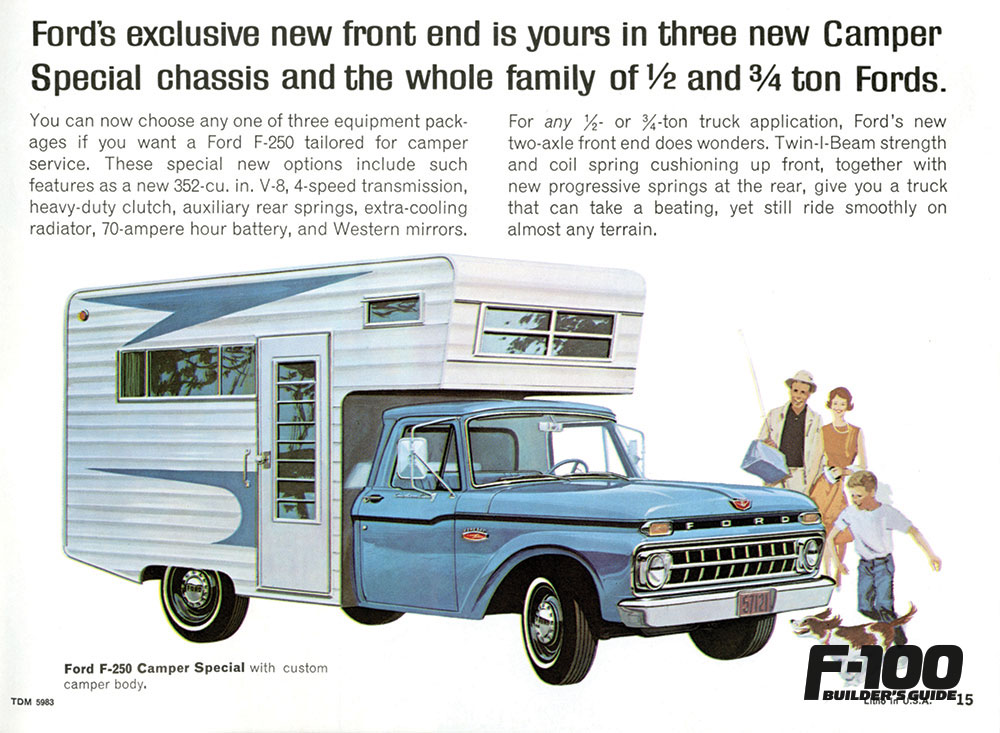 Of course, the biggest Ford news in 1961 was the introduction of the optional “unibody” design to the new F-Series lineup. With the Ranchero being such a big success as a small cargo hauler, it made sense that a beefier truck with integrated cab and bed would follow suit, right? Well, it didn’t quite work out that way, as this version of the F-Series did not meet sales expectations. This was especially true once reports of doors suddenly opening or getting stuck shut began to surface. In reality,it was a rare occurrence that we haven’t seen much actual documentation of, but it was enough to scare off potential buyers who would rather have a traditional, separate cab and box design.
Of course, the biggest Ford news in 1961 was the introduction of the optional “unibody” design to the new F-Series lineup. With the Ranchero being such a big success as a small cargo hauler, it made sense that a beefier truck with integrated cab and bed would follow suit, right? Well, it didn’t quite work out that way, as this version of the F-Series did not meet sales expectations. This was especially true once reports of doors suddenly opening or getting stuck shut began to surface. In reality,it was a rare occurrence that we haven’t seen much actual documentation of, but it was enough to scare off potential buyers who would rather have a traditional, separate cab and box design.
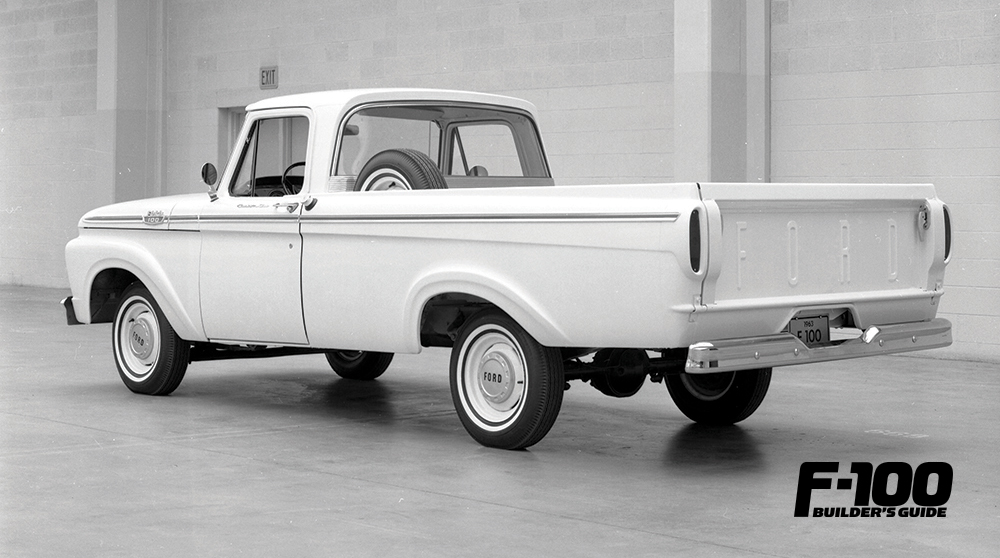 In 1961, if you wanted a 2WD styleside bed on your F-100 or F-250, the “integrated pickup” would be your only choice. Otherwise, the flareside bed was available in both 6 and 8-foot lengths, at the expense of less cargo space. That would change for the ’62 model year, however, with the introduction of a very familiar looking bed option. The ’61 F-350s were available with a ’57-60 style bed, and this option now trickled down to the F-100s and F-250s.
In 1961, if you wanted a 2WD styleside bed on your F-100 or F-250, the “integrated pickup” would be your only choice. Otherwise, the flareside bed was available in both 6 and 8-foot lengths, at the expense of less cargo space. That would change for the ’62 model year, however, with the introduction of a very familiar looking bed option. The ’61 F-350s were available with a ’57-60 style bed, and this option now trickled down to the F-100s and F-250s.
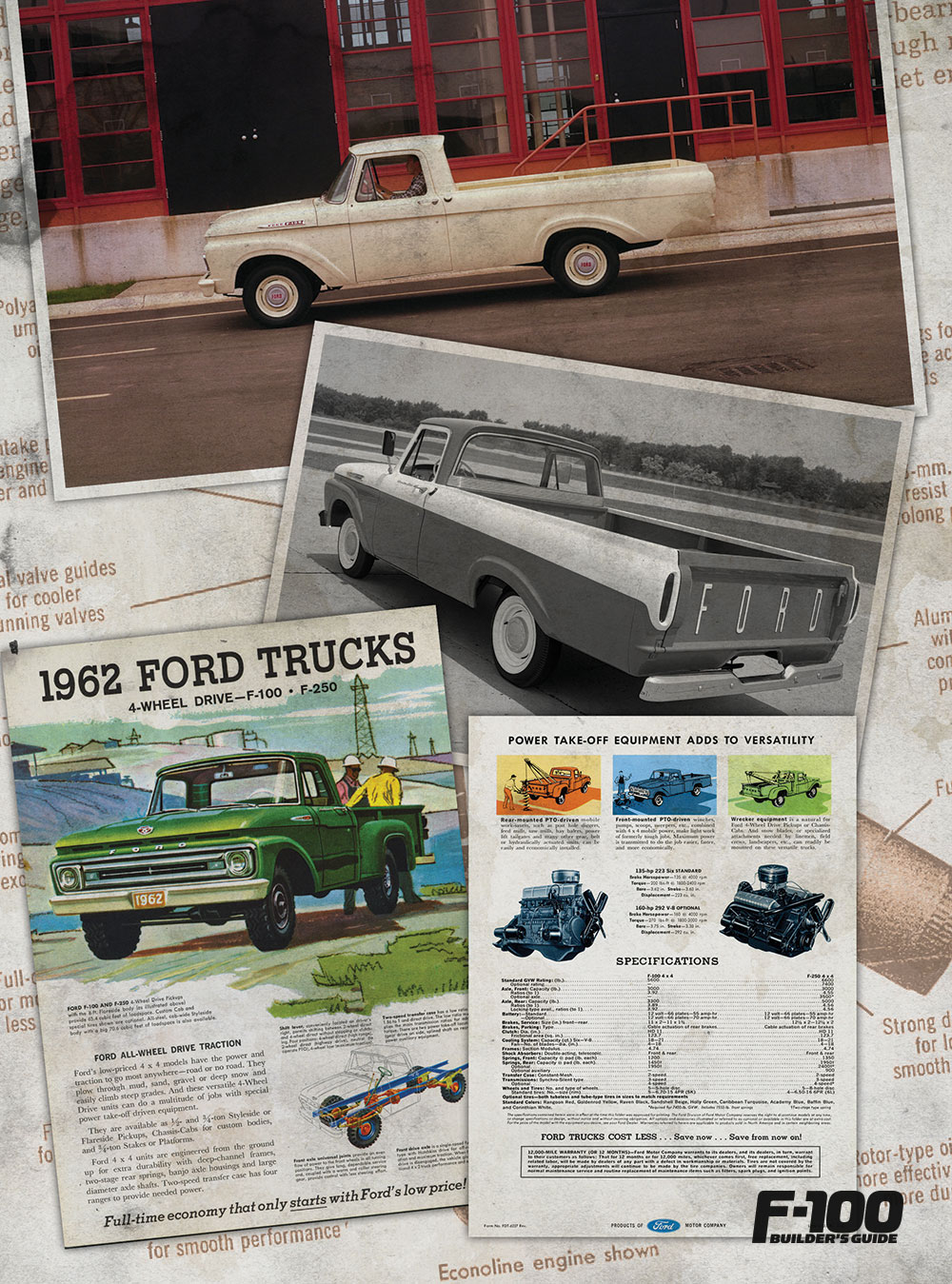 At first glance you might think that the bed was just a leftover ’57-60 unit, but you’d only be partially correct. In fact, while the earlier stampings were indeed used for much of the bed’s construction, some modifications had to be made to allow them to bolt on to the new trucks. Over the years, these beds have been dubbed “wrongbeds” due to the mismatch of styling when bolted onto a “slick” style F-100, but Ford “corrected” the problem with the addition of a sleeker matching styleside bed in ’64.
At first glance you might think that the bed was just a leftover ’57-60 unit, but you’d only be partially correct. In fact, while the earlier stampings were indeed used for much of the bed’s construction, some modifications had to be made to allow them to bolt on to the new trucks. Over the years, these beds have been dubbed “wrongbeds” due to the mismatch of styling when bolted onto a “slick” style F-100, but Ford “corrected” the problem with the addition of a sleeker matching styleside bed in ’64.
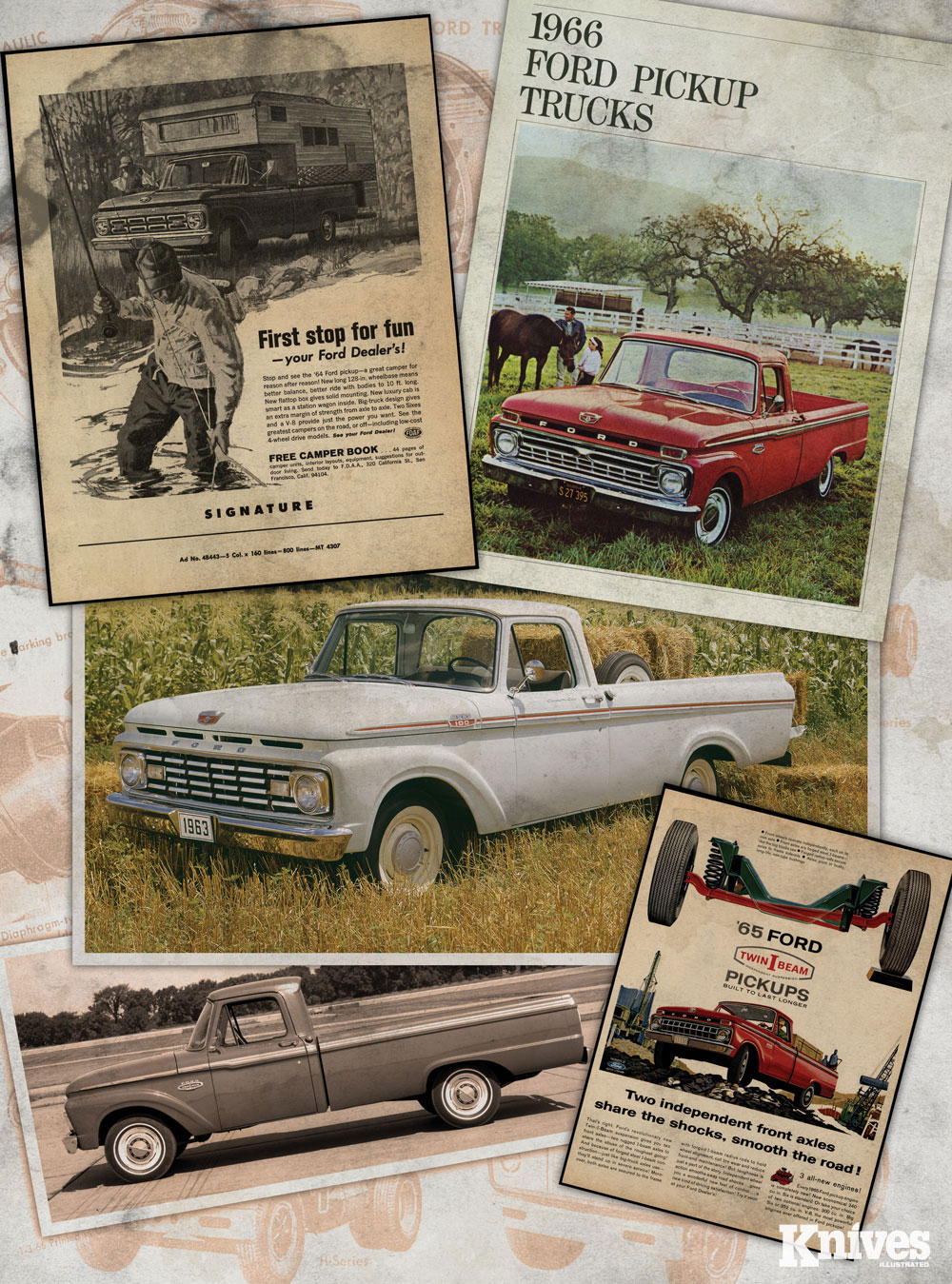 1961-64 F-Series trucks could be had with the 223 or 262 cubic-inch Mileage Maker inline sixes, or the 292 Y-block. Beginning in ’64, the mighty 352 FE-series engine also became an option. 1965 and 1966 models came with the standard 240 or optional 300-CID sixes, or the aforementioned 352 V-8.
1961-64 F-Series trucks could be had with the 223 or 262 cubic-inch Mileage Maker inline sixes, or the 292 Y-block. Beginning in ’64, the mighty 352 FE-series engine also became an option. 1965 and 1966 models came with the standard 240 or optional 300-CID sixes, or the aforementioned 352 V-8.
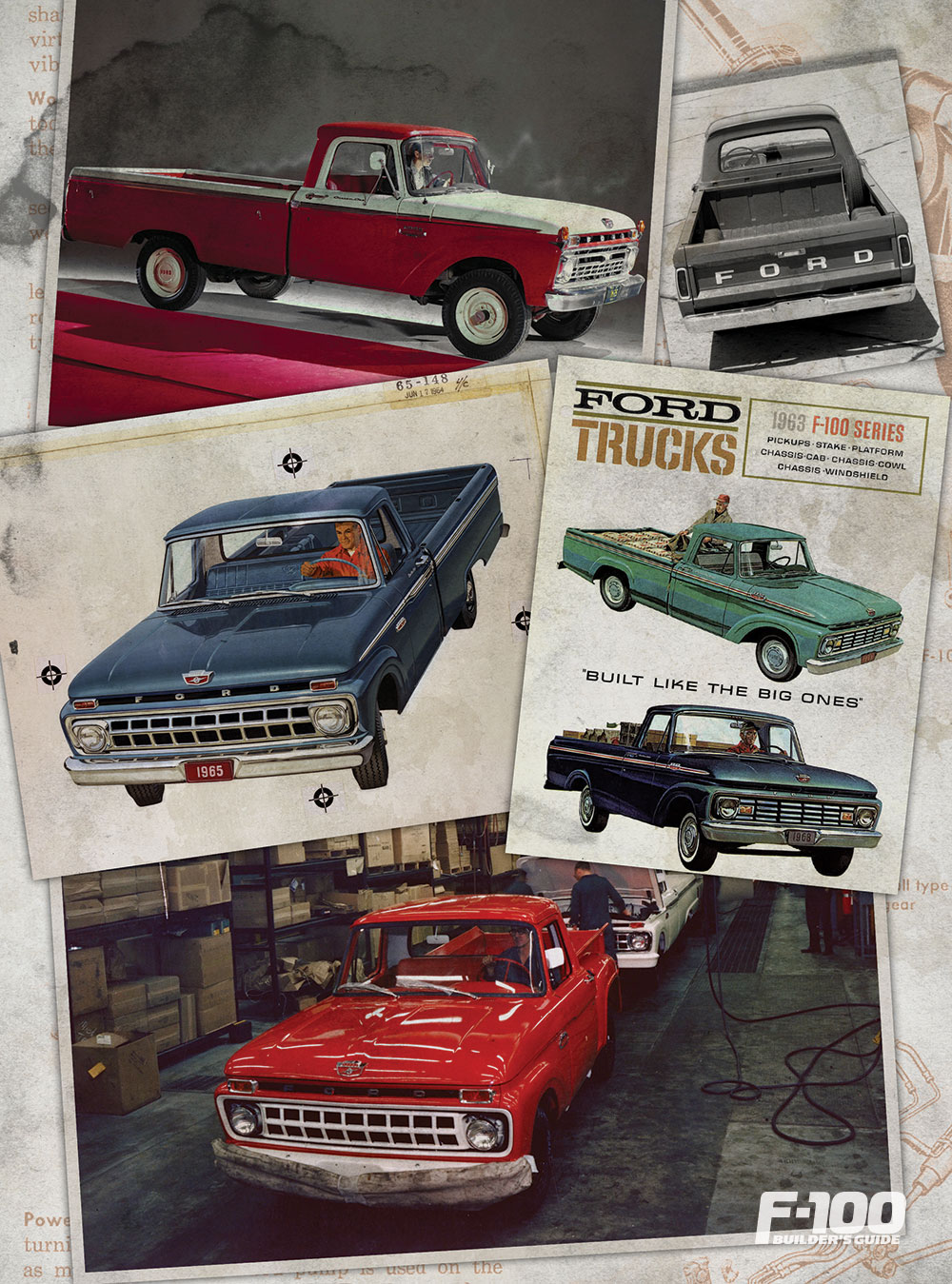 The biggest change yet would come with a new frame introduced in the 1965 model year, which featured the now-legendary Twin I-Beam front suspension on two wheel-drive trucks, which replaced the front axle/leaf spring configuration. Touting a smooth, car-like ride and improved handling, the Twin I-Beam suspension would become one of Ford Trucks’ most well-known features.
The biggest change yet would come with a new frame introduced in the 1965 model year, which featured the now-legendary Twin I-Beam front suspension on two wheel-drive trucks, which replaced the front axle/leaf spring configuration. Touting a smooth, car-like ride and improved handling, the Twin I-Beam suspension would become one of Ford Trucks’ most well-known features.
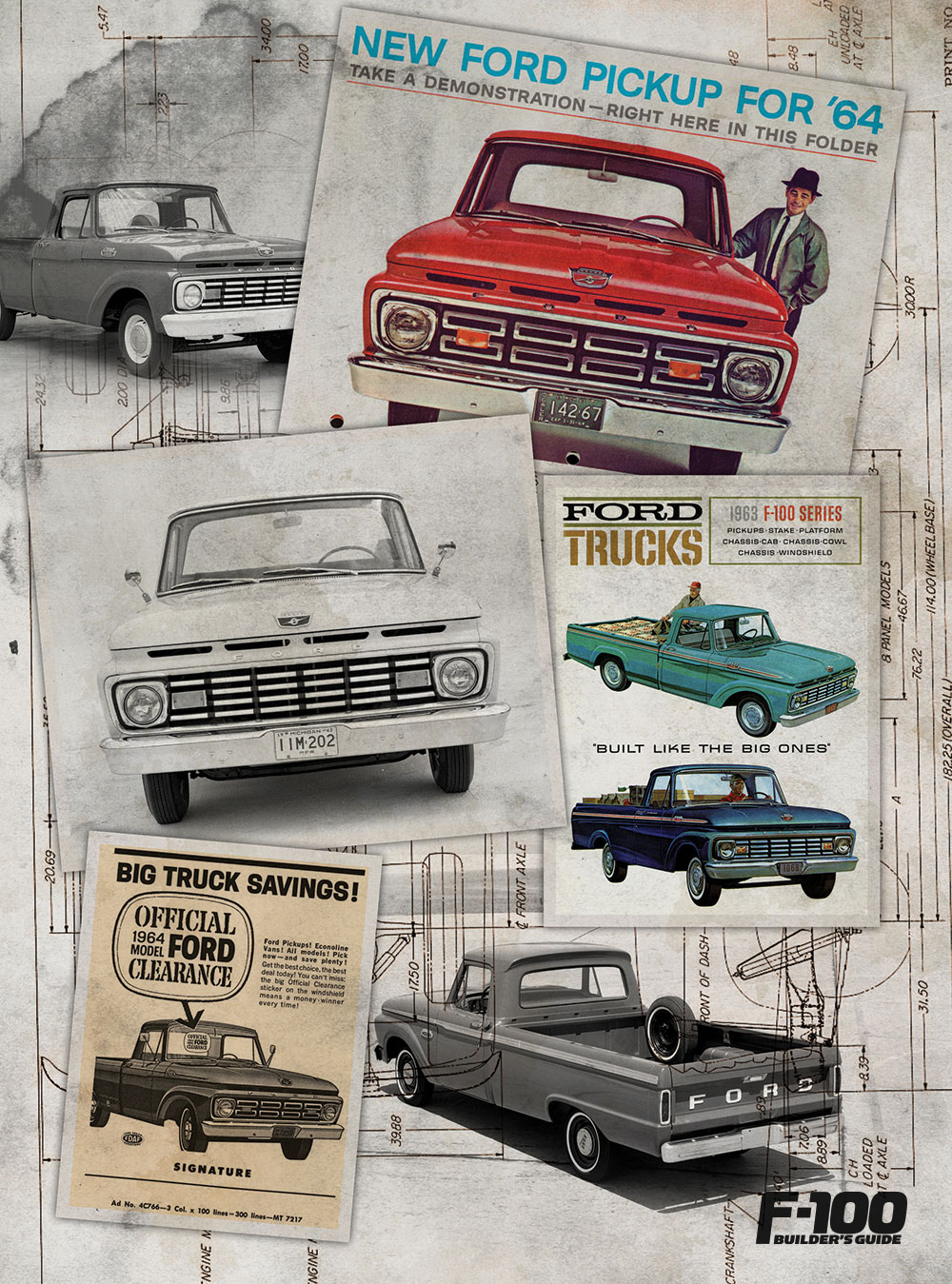 Check out the amazing photos and artwork, graciously provided by our friends at the Ford Motor Company Archives.
Check out the amazing photos and artwork, graciously provided by our friends at the Ford Motor Company Archives.
Share Link